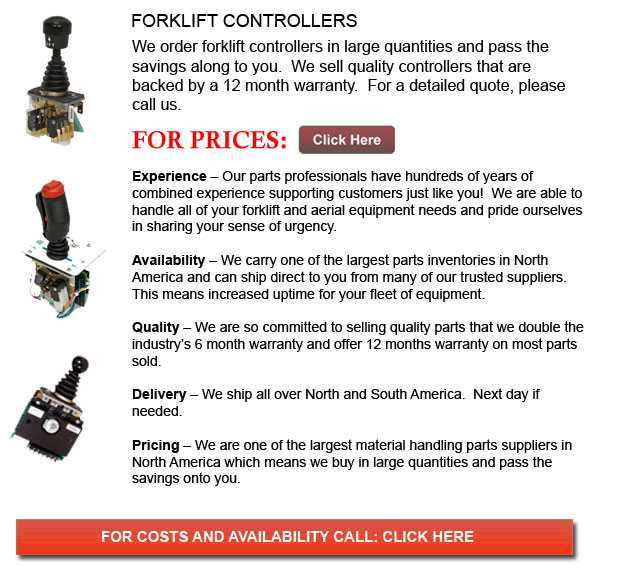
Forklift Controller - Lift trucks are accessible in a variety of various units that have varying load capacities. Nearly all typical lift trucks used in warehouse settings have load capacities of one to five tons. Larger scale units are used for heavier loads, like for instance loading shipping containers, may have up to 50 tons lift capacity.
The operator could make use of a control so as to raise and lower the blades, which are also called "forks or tines." The operator can even tilt the mast so as to compensate for a heavy load's tendency to tilt the forks downward to the ground. Tilt provides an ability to work on rough surface also. There are yearly contests for experienced lift truck operators to compete in timed challenges as well as obstacle courses at regional lift truck rodeo events.
Lift trucks are safety rated for cargo at a specific utmost weight and a specified forward center of gravity. This very important info is provided by the maker and located on a nameplate. It is essential loads do not go beyond these details. It is illegal in a lot of jurisdictions to interfere with or remove the nameplate without obtaining permission from the lift truck manufacturer.
The majority of lift trucks have rear-wheel steering in order to improve maneuverability. This is specifically helpful within confined spaces and tight cornering areas. This kind of steering varies rather a little from a driver's first experience together with various vehicles. In view of the fact that there is no caster action while steering, it is no essential to apply steering force in order to maintain a constant rate of turn.
Unsteadiness is another unique characteristic of lift truck utilization. A constantly varying centre of gravity takes place with each movement of the load between the lift truck and the load and they should be considered a unit during utilization. A lift truck with a raised load has centrifugal and gravitational forces which can converge to cause a disastrous tipping accident. In order to avoid this from happening, a forklift must never negotiate a turn at speed with its load elevated.
Lift trucks are carefully made with a cargo limit meant for the forks. This limit is lessened with undercutting of the load, which means the load does not butt against the fork "L," and likewise decreases with blade elevation. Generally, a loading plate to consult for loading reference is located on the forklift. It is dangerous to make use of a forklift as a worker hoist without first fitting it with certain safety devices like for example a "cherry picker" or "cage."
Lift truck use in distribution centers and warehouses
Forklifts are an essential component of warehouses and distribution centers. It is vital that the work surroundings they are situated in is designed so as to accommodate their efficient and safe movement. With Drive-In/Drive-Thru Racking, a lift truck should go inside a storage bay that is multiple pallet positions deep to set down or take a pallet. Operators are often guided into the bay through rails on the floor and the pallet is placed on cantilevered arms or rails. These confined manoeuvres require well-trained operators to complete the job efficiently and safely. Since each and every pallet needs the truck to go in the storage structure, damage done here is more frequent than with various types of storage. When designing a drive-in system, considering the dimensions of the tine truck, as well as overall width and mast width, need to be well thought out to be certain all aspects of a safe and effective storage facility.
![]() Click to Download the pdf
Click to Download the pdf
Forklift Parts
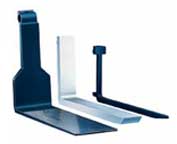
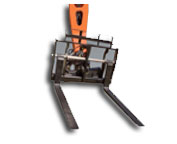
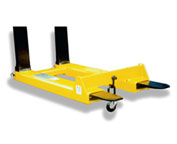
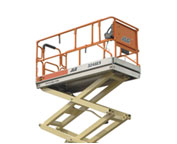
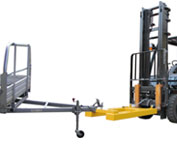
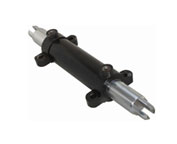
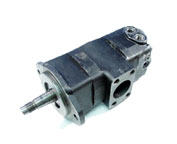
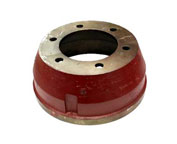
Lift Parts Express
TOLL FREE: 1-888-695-7994
Milwaukee, Wisconsin
forkliftpartsmilwaukee.com
Email Us
About Us


